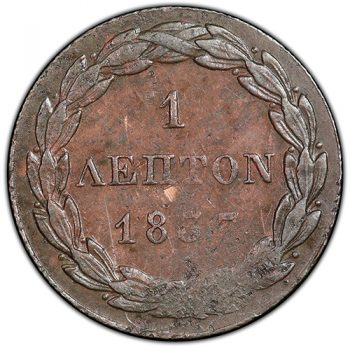

The lepton is the very smallest denomination and is probably the true “widow’s mite.” “Widow’s Mites” refers to two different yet similar coins, the smaller lepton and the larger prutah, both coins share the same images of the anchor on one side and the star image on the other. Although there is much controversy as to which actual coins these referred to, it is more than likely that themites were the lepton and prutah coins minted by the Jewish King Alexander Jannaeus who ruled from 103-76 BC and were the lowest denomination coins still in circulation in Jerusalem during Christ’s lifetime. We are alway happy to help people find the coins they are looking for.In the New Testament in both Mark and Luke there are stories told about the widow giving her mites. If you’ve been seeking a trustworthy business among the coin dealers in Michigan to help you develop your own coin collection, make an appointment to talk to us today by calling 61. Better preserved coins may be worth hundreds of dollars.Ĭoin collectors, history buffs, and Christians may be interested in tracking down this piece of history. While thousands of years old, many lepta and prutot still exist today, but as they circulated freely, most of them do not have clear details and are worth $50 or less. In fact, the word mite is not a Hebrew word, but a Dutch one, meaning “small cut piece.” It was in use beginning in the 14th century and made its way into English use enough to be included in the 17th-century King James translation of the Bible. The Phoenician cities of Sidon and Tyre are mentioned in the Bible multiple times and are not geographically distant from Judea. A Greek silver drachma was worth 336 lepta or 168 prutot.Īnother option for the “widow’s mite” could also have been foreign coins such as Phoenician bronzes. Two leptons were worth one quadrans, the least valuable Roman coin. At the time of Jesus, the lepton was the circulating coin worth the very least. It was a tiny coin smaller than a fingertip. The lepton, worth half of a prutah, was also minted by King Alexander Janneaus. King Alexander Janneaus died in 76 B.C., well before Jesus was born, but his coins were still freely circulating. This coin, minted in very large quantities, featured royal inscriptions in Hebrew and Greek with an anchor on the obverse and an 8-pointed star on the reverse. The common prutah was struck during the reign of King Alexander Janneaus. The most likely coins would have been either leptons or prutot minted under the Hasmonean rulership of Judea between 135 B.C. In fact, the two “mites” could have been two different kinds of coins. There were many small bronze coins in circulation at that time in Judea that Jesus could have been referring to.

The Bible does not specify any type of coin. What kinds of small coins were circulating in the Holy Land during Jesus’s day? This is obviously a very small coin denomination. Perhaps a better question is: What was a mite? Other translations of this text substitute the words “two small copper coins, which make a penny” for the word mites. In contrast, the widow gave hers in faith and with care, and she is remembered by history. The rich people in the story give far more, but they are not praised because their gifts are not sacrificial. So He said, ‘Truly I say to you that this poor widow has put in more than all for all these out of their abundance have put in offerings for God, but she out of her poverty put in all the livelihood that she had.’”Ĭlearly, the biblical point of this story is to demonstrate the value of generosity, even when the amount is small and to point out that God does not value things the same way that man does. “And He looked up and saw the rich putting their gifts into the treasury, and He saw also a certain poor widow putting in two mites. The gospel writer Luke relates the story like this (New King James Version): Luke’s Gospel Account of the Widow’s Mite If you’ve ever wondered what coins the widow’s mites were and what their value was, read on. In it Jesus praises a widow for her generosity in giving all she had even though the financial value of her contribution was not large. This story is related in both Mark 12:41-44 and Luke 21:1-4. Readers familiar with the gospels may know the story of the widow’s mite.


 0 kommentar(er)
0 kommentar(er)
